The Winged One
Aermacchi history begins in 1905, when a limited company was founded in Varese by the Macchi brothers. Their factory made coachworks for various motor vehicles.
In 1912, the Ministry of War requested the Fratelli Macchi to design and build aircrafts. There was no experience in this, so the French firm Nieuport was contacted. In 1915, they started building seaplanes.
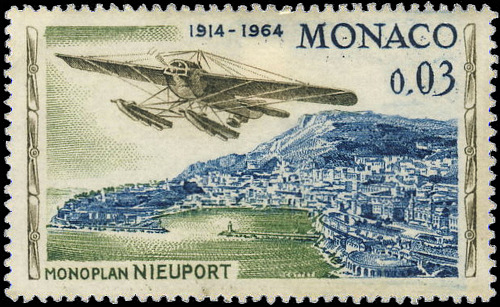
In the year 1923 they continued under the name Aeronautica Macchi. Under this name, several victories were also achieved in races with seaplanes in the years leading up to WWII. During the war years, they made several fighter planes for the air force.
In the 1950s, they also started manufacturing jet aircraft. Then, in 1962, the company was renamed Aermacchi. In 1961 and 1966, some altitude records were set with the MB 326.
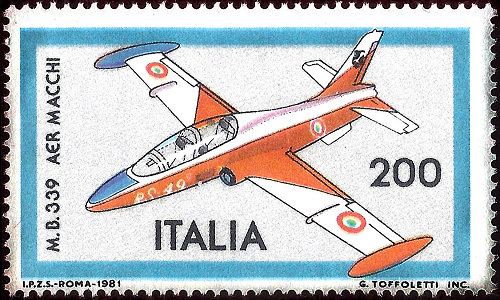
In short, it can be said that they have made a significant contribution to aviation from the foundation to the present day. For instance, anno now the record for seaplanes is still in their name, and they have already produced more than 14000 aircraft.
Besides this aircraft production, after WWII they started to meet the high demand for means of transport in bombed-out Italy. First they started with a 3-wheeled little truck: the MB 1 Autocarro with a 750cc petrol engine.
But since there was also a need for passenger transport, they soon started producing two-stroke motorcycles. Led by Lino Tonti, the first 125cc rolled out of the factory in 1951. This was the 125N, also called the Cigno (swan). Later, in the 1950s, several more 125 and 150 cc models were produced.
In 1956 they started with the first 4-stroke engine: the 175cc Chimera. This would become the basis of all later made 4-stroke models. Production of this model continued until 1961.
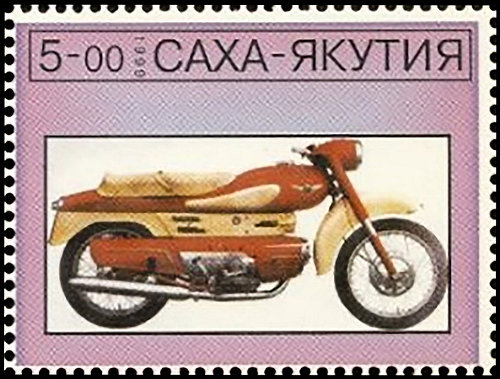
After this all successors received a winged name, such as Ala Bianca 175, Ala Rossa 175, Ala Verde 250, Ala Azurra and as a racer the Ala d'Oro 250/350 (Ala is Italian for wing).
In the year 1960 an alliance was formed with Harley-Davidson, which became 50% owner of Aermacchi from then on. The reason for this was that the Americans also wanted a model series for the lighter classes.
Their own 125 and 175 cc models used outdated technology, based on the DKW RT125 from the 1930s. So from that year on, the name became Aermacchi Harley-Davidson. This collaboration would last until 1972. In addition to the two-stroke models, the 4-stroke 250 cc models for the American market were also adapted and they were given a new name: Sprint.
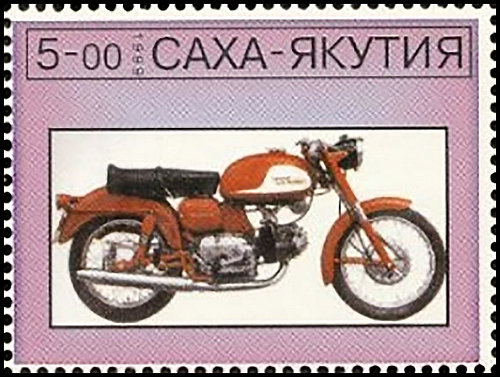
They also started to adapt the racing blocks of the Ala d'Oro for the American market. These became the 250 cc road racer (CRTT) and dirt track blocks (CRS) with magneto ignition, and later also the 350 cc versions ERTT and ERS.
As far as the racers are concerned, the Ala d'Oro's had already made quite a name for themselves with quite a lot of successes. Because of the maneuverability, low center of gravity and narrow construction, they had many advantages over two and multiple cylinder bikes. Unfortunately, they were not always reliable, partly due to the methodology of Italian production. Nevertheless, an Aermacchi in the hands of a good rider like Renzo Pasolini, Alberto Pagani, or Phil Read was hard to beat.
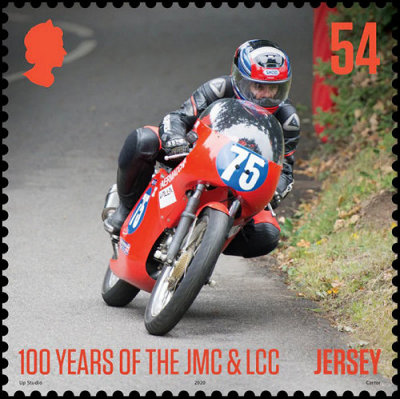
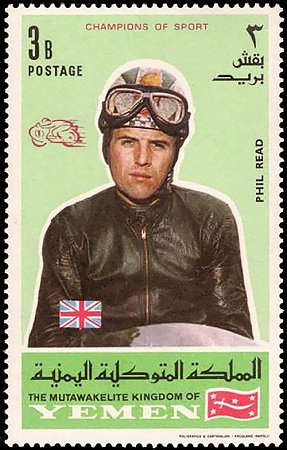
In 1964 Aermacchi set a new AMA record for the 250 cc class of 251.4 km/h average on the salt flats of Bonneville, with Roger Reiman as rider. In 1965 George Roeder did this again, resulting in 283.96 km/h.
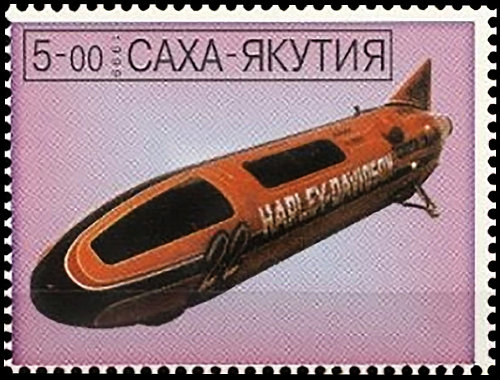
In 1972, AMF Harley-Davidson became 100 percent owner of Aermacchi. As a result, some models were restyled for the American market and there was only Harley-Davidson on the tank. Amongst others a 350 cc with electric starter, and some off-the-road models were made.
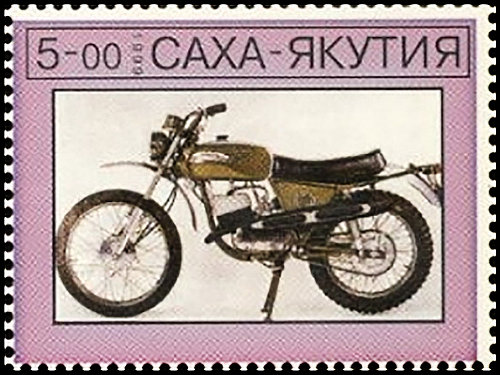
For sports a new driver was hired, after Pasolini's tragic racing accident at Monza in 1973. His name: Walter Villa. With a two-stroke he became world champion in '74 and '75 in the 250 cc class, and in '76 even in both the 250 cc and 350 cc.
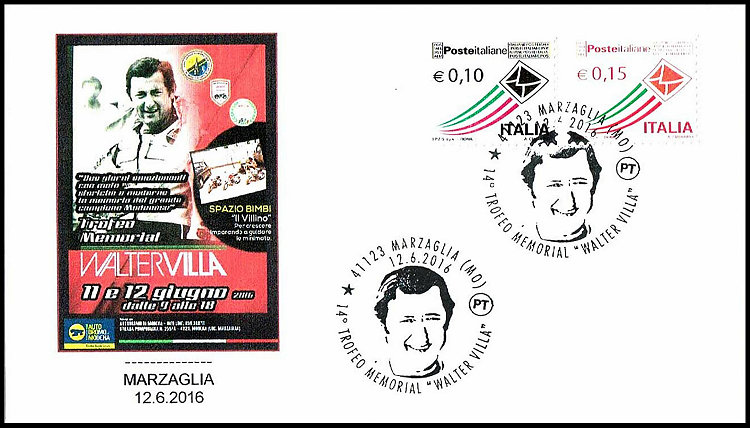
However, all these results were to no avail. In 1978 the Americans pulled the plug on the company and the factory in Varese was put up for sale. This then came into the hands of the fairly new brand Cagiva, and thus ended an illustrious era of Aermacchi, "The Winged One".
Today, Aermacchi's are a popular collector's item and they still score high in classic races. At the Classic Manx Grand Prix, for example, they invariably drive at the front.
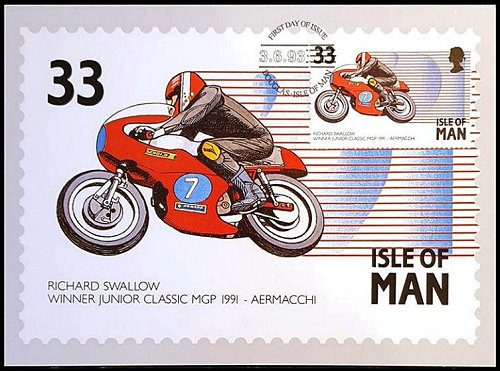
Hans Baartman
Top - Back to former page - Home |